Category: Astronomy 101
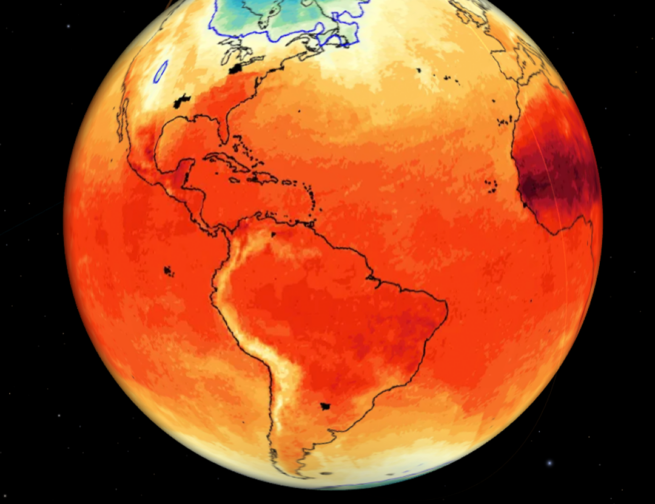
How Astronomy Helps Us Understand Climate Change
As Earth faces a global climate crisis, how can we use and learn from astronomy to help us understand what a changing climate means?

The Top Three Multiverse Theories: Many Worlds, Bubble Universes, And Shadow Matter
What is multiverse theory? Dive deeper into the multiverse theories explored in the Adler Planetarium’s sky show, Niyah and the Multiverse—many worlds, bubble universe, and shadow matter theories.

Understanding Chicagohenge
The Chicagohenge is a bi-annual event where the cosmos and architecture harmoniously align. Learn about the science behind it all!
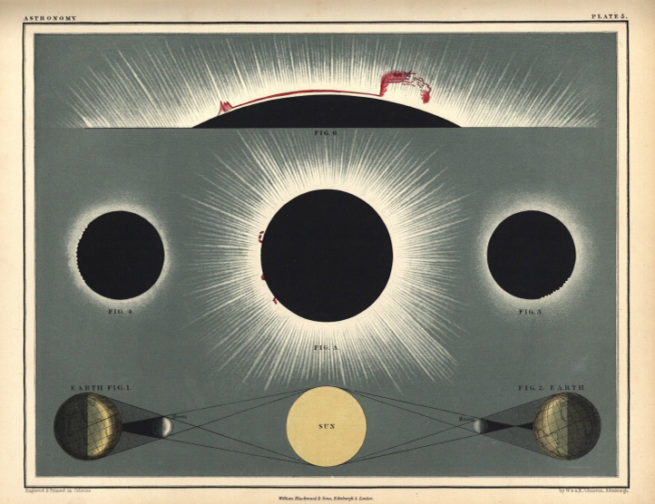
Types of Eclipses: Lunar Eclipses and Solar Eclipses Explained
Learn how eclipses occur and the types of eclipses, solar and lunar, that occur when the phase of the Moon and the alignment of the Sun, Moon and Earth is just right.
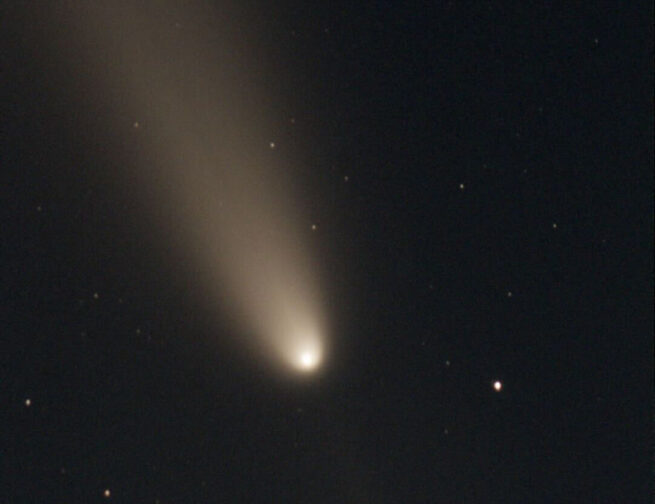
Everything You Need To Know About Comet Tsuchinshan-ATLAS AKA Comet C/2023 A3
Here’s an introduction to Comet C/2023 A3—the latest bright comet to grace our skies in the inner solar system.
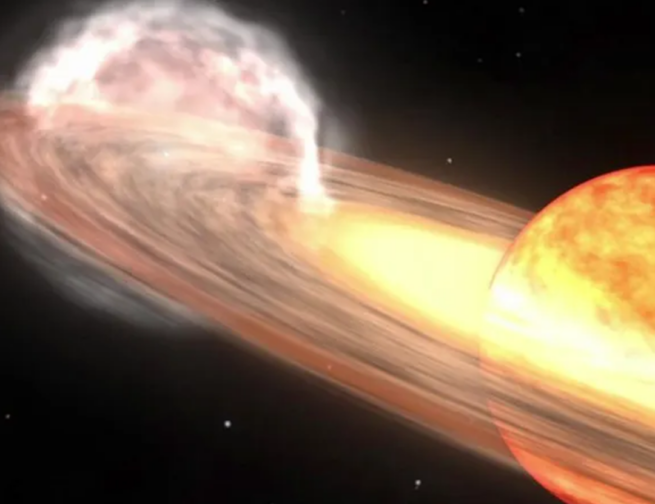
Novas Vs. Supernovas: What’s The Difference?
What is the difference between a nova and a supernova, and what causes them to explode? Adler Astronomer, Dr. Geza Gyuk explains.
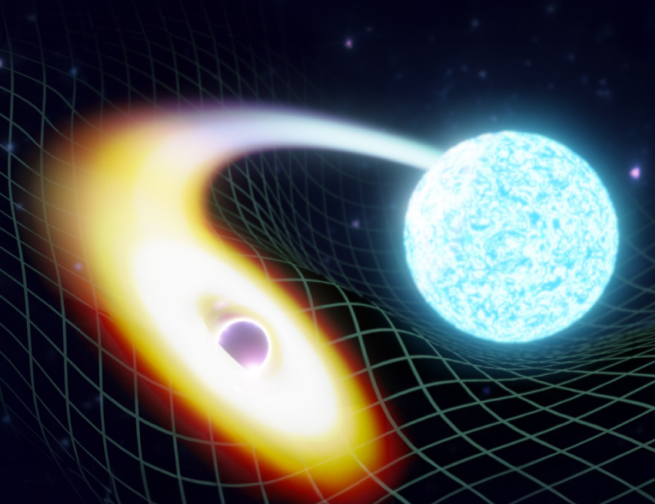
What Are Gravitational Waves And How They Helped Us Discover The “Mass Gap” Black Hole
What are gravitational waves, why they’re changing astrophysics, and how did they help us discover the mass gap black hole, GW230529?
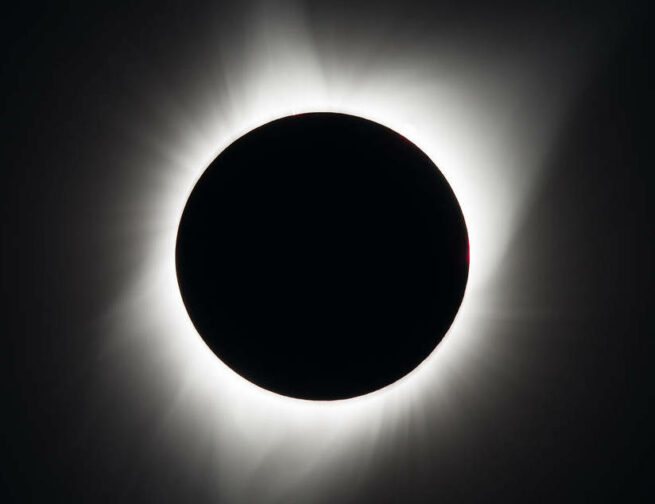
Everything You Need To Know About The April 2024 Total Solar Eclipse
Here’s everything you need to know about the April 8, 2024, partial solar eclipse or annular solar eclipse (depending on your location).
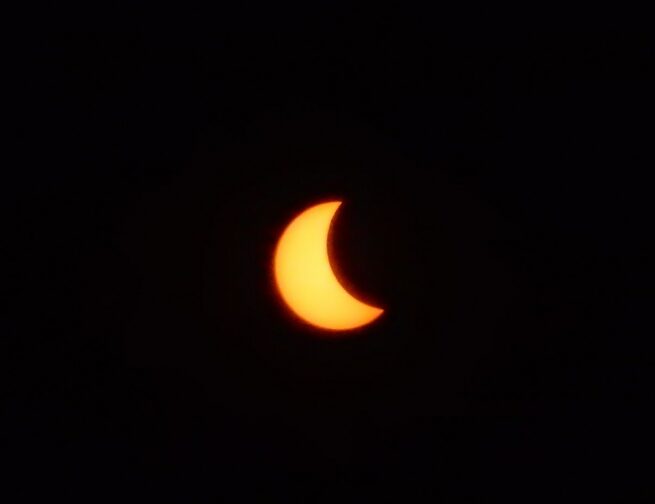
Everything You Need To Know About The October 2023 Partial Solar Eclipse
Here’s everything you need to know about the October 14, 2023, partial solar eclipse or annular solar eclipse (depending on your location).

Different Types Of Solar Eclipses Explained
What is the difference between a total solar eclipse, an annular solar eclipse, and a partial solar eclipse? We discuss the different types of solar eclipses, what a solar eclipse is, and how to see the October 14, 2023 and April 8, 2024 eclipses!




